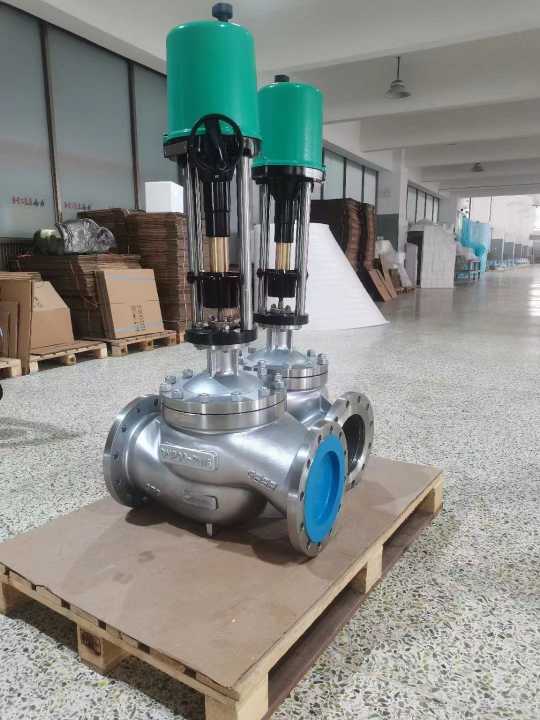Hydrogen energy is rapidly emerging as a critical solution in the transition to a low-carbon future. Among the many technologies that are making this transition possible, valves play an essential role in ensuring the safe and efficient transportation and distribution of hydrogen. One such crucial valve is the Hydrogen Energy Electric Single Seat Regulating Valve, an advanced component designed to optimize hydrogen flow control in energy systems. This article explores the features, significance, and applications of the Hydrogen Energy Electric Single Seat Regulating Valve.

The Role of Valves in Hydrogen Systems In any energy system, especially one utilizing hydrogen as a fuel source, flow regulation is paramount to ensure both safety and efficiency. Hydrogen, due to its lightness and volatility, requires very precise handling to prevent leaks and pressure fluctuations, which could lead to safety hazards or system inefficiencies. Valves, therefore, are the unsung heroes of such systems, enabling the regulation of gas flow while maintaining pressure and temperature within acceptable limits. The Hydrogen Energy Electric Single Seat Regulating Valve is designed specifically for this task, offering a reliable and precise mechanism for controlling hydrogen flow in various applications, including fuel cells, hydrogen storage, and transportation systems. Its electric control feature allows for more accurate and responsive adjustments compared to traditional manual valves, which is essential when working with a highly reactive gas like hydrogen.